|
Steve Higgins, Amanda Gumbert, Sarah Wightman, & Lee Moser - University of Kentucky Composting can provide animal producers with a convenient method for disposing of fallen stock and also provide a valuable soil amendment. In addition, the finished compost can be stockpiled and reused to compost other mortalities. Composting is a natural decomposition process conducted by microorganisms that can be controlled under managed conditions. It reduces the size of the material by removing organic products, water, and energy as carbon dioxide, vapor, and heat. Also, the pathogens that cause approximately 80 percent of animal mortalities are destroyed by the high temperatures reached during the composting process. Composting requires time and space, and some specialized equipment may be needed. If composting is not done correctly, pathogens can survive and odors may occur, attracting flies and vermin, as well as vultures that can uncover the mortalities. For an agricultural operation, a composting permit is not required if the compost is used on the property that it is generated. Choosing a Site Ideally, a mortality composting facility should be located near animal housing. The composting area should not be built in a floodplain, within 300 feet of a water well, stream, sinkhole, pond, property line, or public road, or within 1,500 feet of churches, schools, businesses, or any other public use area. When choosing a site, consider that any runoff lost from the compost pile should be diverted to an existing manure storage structure or to a vegetated filter strip. The leading edge of the filter strip and the low edge of the composting pad must be level, and the filter strip must be at least 30 feet long. The filter strip vegetation must be maintained as specified in the NRCS filter strip standard. In addition, if the composting structure is located within a pasture, fencing is required to exclude livestock from both the composting pad and the filter strip. Composting Structures The type of composting structure used should be based on the type and size of the animal operation. Ideally, the structure should have a concrete pad, sides to facilitate loading and turning, and a roof to block precipitation. A roof and sides are not required, but for operations with more than 100 animal units, the pad flooring shall be constructed using a “High Traffic Area” surface such as concrete, soil cement, sound bedrock, compacted clay, or heavy traffic pads using rock and geotextile fabric. All of these surface treatments prevent mud creation and reduce sediment in runoff. For operations with less than 100 animal units, composting can be conducted directly on the soil as long as the composting site is alternated with a crop rotation. You can use traditional composting facilities like stack pads, bins, windrows, and vessels; however, a windrow system, using an uncovered stack pad made with a High Traffic Area surface is by far the easiest structure to manage and the cheapest to construct for composting large animals. Sizing a Facility To minimize problems, composting facilities should be sized for the operation. Base a facility’s size on the estimated weight of average daily mortalities. Use these weights plus mortality rates associated with age groups to calculate the weight of average daily mortalities. Sizing should not be based on the likelihood of single-event death losses such as disease outbreaks, lightning strikes, or barn fires. For small operations with unroofed facilities without sides, follow the standard criteria for sizing based on total operation size: operations with up to 100 head, use a 60’ x 32’ composting pad; operations that have between 100 and 200 head, use a 80’ x 32’ composting pad; and operations that have between 200 and 300 head, use a 110’ x 32’ composting pad. Most operations involve the use of mechanical equipment (front-end loaders) to load the bins with mortalities and bulking agent. Manure spreaders are used to land apply finished compost. The height of the compost bin should accommodate a maximum compost pile height of 6 feet (leaving room for equipment access), and bin width should be at least one and a half times the width of mechanical equipment used to load and unload bins. Keeping compost pile height at 6 feet or less is suggested to maintain internal pile temperature of 140 to 160°F. Needed Equipment After you have constructed the composting facility you’ll need several pieces of equipment, including: • A cutting instrument should be used to vent rumens. • A front-end loader can place carcasses and create the pile, move the compost material from bin to bin, and load for land application. • A thermometer is needed to determine microbial activity and monitor the composting process. A long-stemmed hay bale thermometer works well. The Composting Process Materials Two basic ingredients are necessary for composting fallen stock: animal carcasses and a bulking agent. The bulking agent soaks up the leachate produced by the decomposing carcass, provides aeration, and increases the carbon-to-nitrogen (C:N) ratio. Some sort of ground-up wood product makes the best bulking agent. The carcass contains a high concentration of nitrogen and water, and the wood product, high in carbon, wicks up the moisture. Traditional bulking agents include sawdust, wood shavings, and wood-based bedding and manure. Sources for the bulking agent may vary based on location and local industries. Tree removal companies are good sources of chipped wood at little or no cost; however, the wood may contain green material and higher moisture content than wood shavings. Also, chipped wood particles may be too large to absorb enough moisture and retain enough heat for composting to occur. Chipped wood’s shortcomings can be offset by making the pile larger or blending chipped wood with a fine particle bulking agent. Using finished or stable compost as a bulking agent can fill the pile with beneficial bacteria to jumpstart composting. Size At least 2 feet of bulking material should be placed below the carcass and at least 2 feet of bulking material should cover and surround the sides of the animal. Completely covering animal parts will help control odors and deter scavengers from exhuming the carcass. A typical pile for a large animal (more than 1,000 pounds) should have a height of approximately 6 feet. Adding Mortalities Mortalities may be added until the pile reaches the upper limits of manageable height, which depends on the type of equipment you have and the composting structure design. Mortalities can also be added by extending the pile, as in a windrow system. If a producer adds an additional fallen animal to an existing pile, the producer may expose uncomposted material that was on the inside of the pile to the outside, which will attract vermin and flies to the pile. Any time uncomposted material is exposed to the outside, it should be topdressed with additional bulking material, manure, or finished compost. If the bulking agent and carcasses are dry, consider adding a little water to provide the necessary moisture, but do not over-apply. Too much water can change the process from aerobic (with air) to anaerobic (without air), causing bad odors and slower decomposition. A layer of finished compost serves as a blanket above the carcass and covering of bulking agent abates anaerobic gases as they rise up through the pile, and these gases will be removed by the bacteria in the finished compost. Pests and scavengers normally drawn to the decaying carcass will not be attracted. The rumens of all ruminant animals may be vented before composting. This venting will prevent carcass explosion from trapped gases, which would expose it. If such an explosion should occur, add more bulking agent to fill the void. Management Composting of animal mortalities does not involve a lot of maintenance, but it does require active management. The pile should be periodically checked for temperature, moisture, and odors, as optimum conditions are needed for decomposition. The ideal C:N ratio for an initial pile is 30:1, with a range of 20:1 to 40:1 being acceptable. Optimal conditions include a temperature of 140° to 160°F, moisture content of 40% to 60%, 30% porosity, and a pH range of 6.0 to 8.0. Moisture Moisture is the most important condition when composting. You do not want excessive moisture to leach or run off and potentially pollute surface or groundwater. To estimate moisture level, collect some compost in your hand and squeeze it. If moisture drips from your hand, the pile is too wet. If your palm does not get wet, the pile is too dry. When your hand is wet but not dripping, moisture is optimum. Temperature Place a long-stemmed compost thermometer near the carcass to determine internal pile temperatures, which need to reach temperatures of 140° to 160°F and be maintained for five days to ensure destruction of pathogens. Temperatures will increase within two to four days of loading carcasses in the pile. Temperatures will remain at 140° to 160°F for approximately two weeks, followed by a gradual decline in internal pile temperature. Finishing If all goes well for the producer, the mortalities will be sufficiently broken down approximately two months after the pile is loaded to 6 feet. The time frame will vary depending on the size and surface area of the carcass. Typically, the primary pile can be left for two or three months to decompose. If the pile has several large carcasses or many carcasses, expect to leave it for at least three months. Afterbirth or piles containing mostly calves will take considerably less time. At the end of the two-to-three-month period, the moisture level and temperature will have substantially decreased. The pile may need to be turned and moisture added to increase temperatures and re-establish composting bacteria. Two to three months after this midpoint turning, you will have a product that can be stored or applied to land. It should be possible to easily break any larger bones left in the compost, and those bones should be relatively odor free and inert. As with anything in agriculture, environmental conditions may speed up or slow down the process. Heavily loading the pile or changes in moisture and temperature will also affect it. Using the Compost If the composted material is to be land-applied, it should be applied as a fertilizer source and incorporated into your nutrient management plan. The material will have bones, but they should be brittle and have no flesh. When a rear tine manure spreader is used to apply the material, bones typically are shattered, but some sifting before application may be required. Along with land application, composted material is also good for topdressing new additions to the compost pile, which prevents foul odors from escaping. For additional information, references, and resources, please download On-Farm Composting of Animal Mortalities (ID-166) from the University of Kentucky Cooperative Extension Service. Designs and specs for the Large Bale Feeder are now available on our website! You can download the designs by clicking on the button below. This button is also available on the "Large Bale Feeder" page, under the "Producer Resources" tab. If you have built you own Large Bale Feeder, we would love to see pictures! Email your pictures to [email protected] Want more information about the Large Bale Feeder? Visit the page below! For more resources, visit the "Producer Resources" page linked below!
|
Archives
June 2024
Categories
All
Welcome |
CONTACT US |
EMAIL SIGN UP |
|
Eden Shale Farm
245 Eden Shale Rd. Office: (859) 278-0899 Owenton, KY 40359 Fax: (859) 260-2060 © 2021 Kentucky Beef Network, LLC.. All rights reserved.
|
Receive our blog updates
|

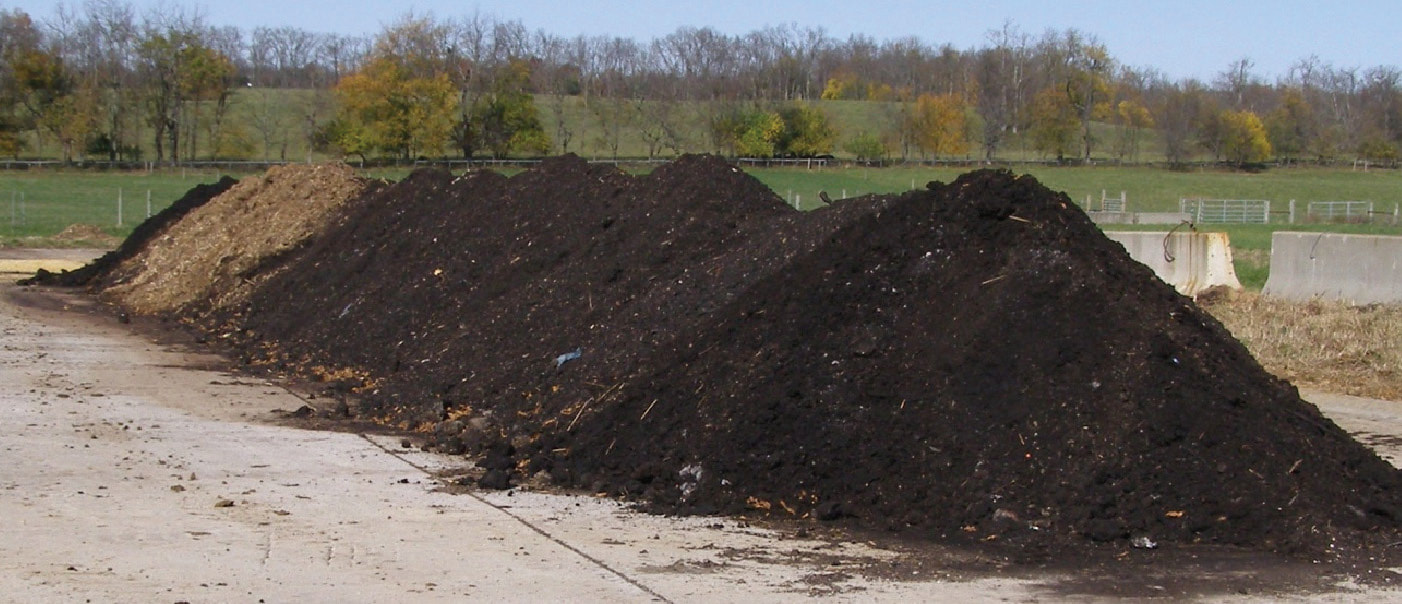
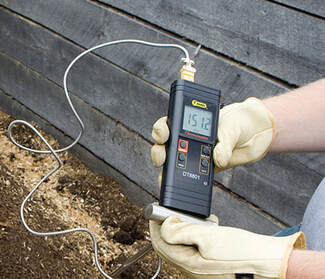
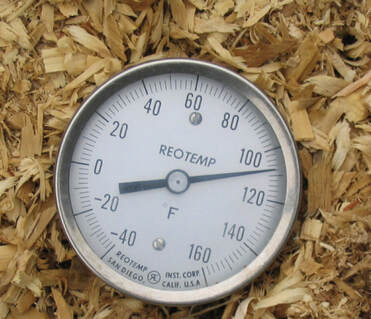
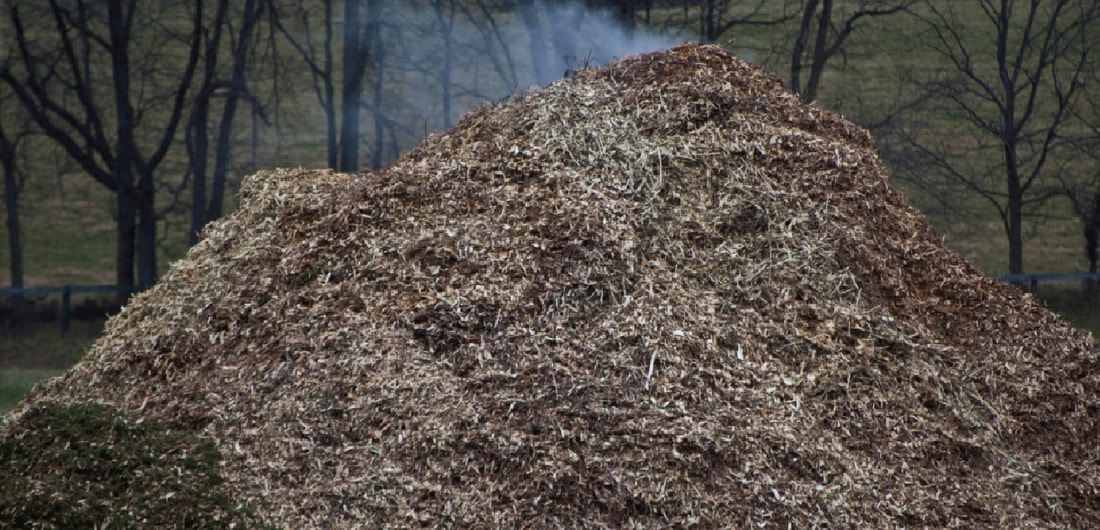
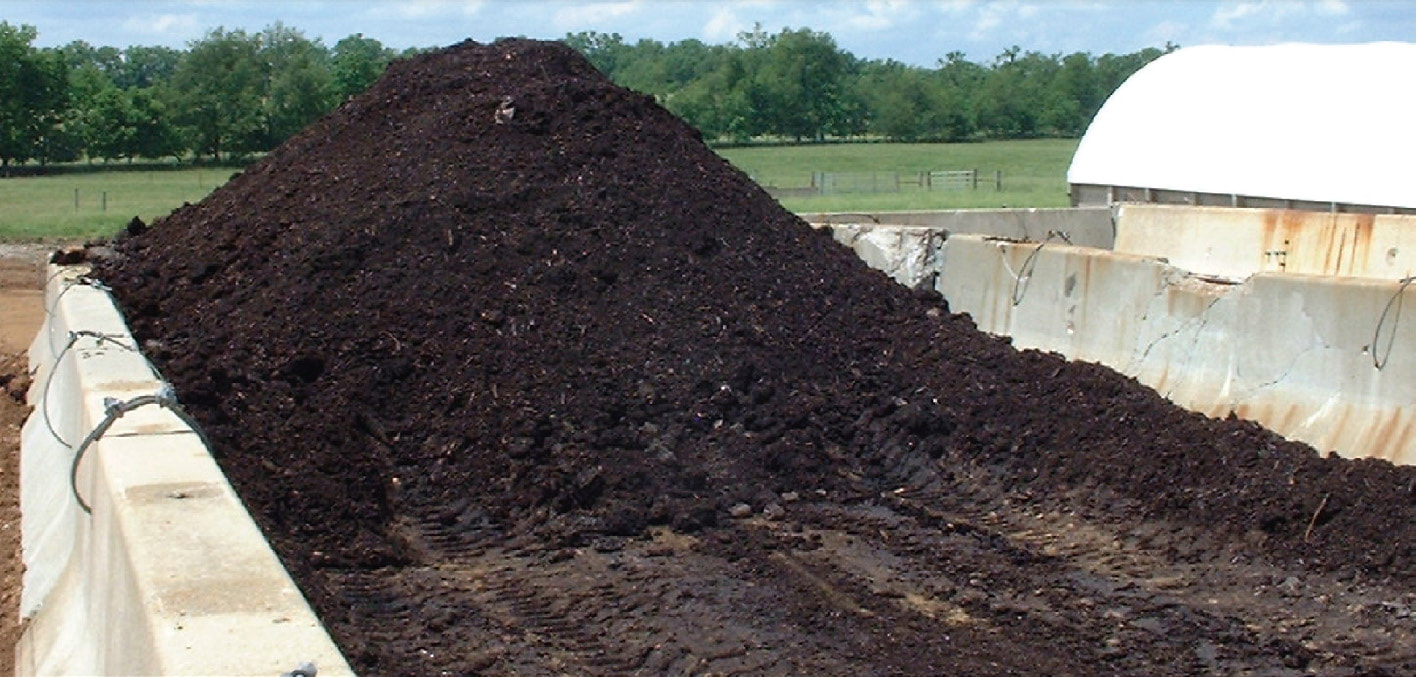
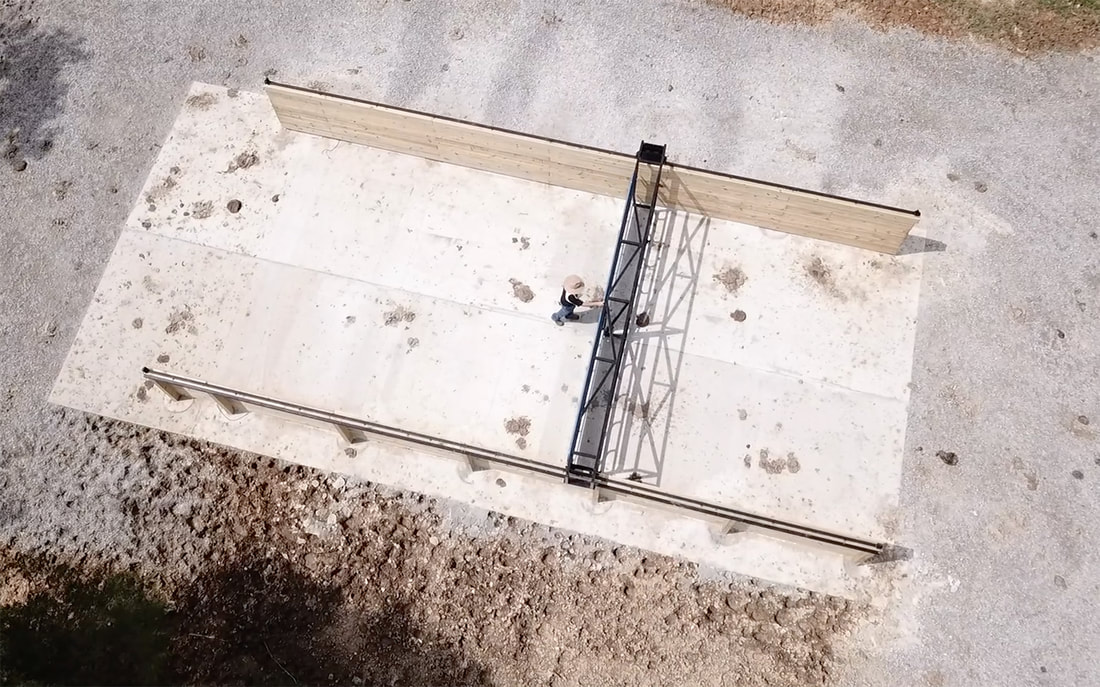
 RSS Feed
RSS Feed
